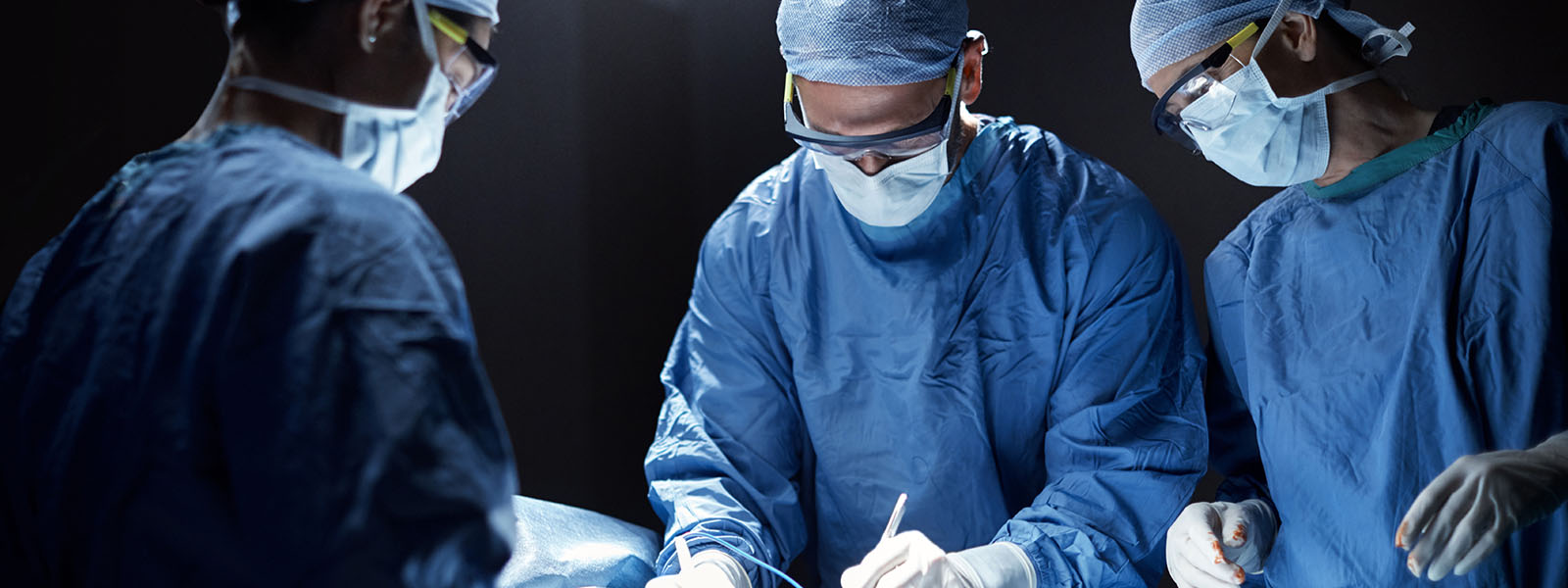Over the past few years, our personal injury lawyers have been representing more clients in cases of defective or improperly used medical devices. Although part of this may be due to an expansion of our interests in this area, health technology is a growing part of the practice of medicine and this no doubt has something to do with the fact that we are seeing more defective products in potential medical malpractice cases.
ECRI Institute published a Top 10 list of Health Technology Hazards for 2016 today. Because of our work representing clients, we are already intimately familiar with the top danger cited, which is “Inadequate Cleaning of Flexible Endosocopes before disinfection can Spread Deadly Pathogens.”
In the medical community, the device described above is a duodenoscope. It is used to perform an ERCP Procedure. In the beginning of the year, patient deaths believed to be caused because of design changes that made it difficult to adequately clean the devices before re-use were publicized by hospitals across the country.
We thought that highlighting the rest of the list would be of interest to the health care professionals that read our blog. We expect that we will definitely see cases in 2016 and beyond from the problems identified on this list:
2. Missed Alarms
Patients may not get treatment for dangerous conditions either because the medical device does not detect a condition warranting an alarm or the medical professionals fail to notice the alarm.
3. Opioid-Induced Respiratory Depression
Patients on postoperative drugs such as morphine or fentanyl are at risk of anoxic brain injury or death if oxygenation and ventilation are not adequately monitored every few hours for opioid-induced respiratory depression. The condition may occur because of a medication error, receipt of another drug or comorbidities that compromise their respiratory system. Nevertheless, it should be caught by medical professionals.
4. Telemetry Monitoring
Medical professionals may fail to properly monitor technology designed to increase the number of patients they can assist. In telemetry, patient conditions are automatically communicated remotely to a place for patient monitoring. However, the lack of in person contact and increased workloads could mean that problems are missed.
5. Inadequate Training
ECRI Institute estimates roughly 70% of accidents related to medical devices involve user error or poor technique. Better training concerning new operating room technologies could alleviate many of the errors that lead to complications and additional injuries.
6. Integration of Health IT
Medical errors can result if a new health IT (HIT) system isn’t properly and carefully integrated into the process already used in workflow. ECRI identified missed information, input errors such as the mistaken use of default values, and workarounds as potential problems that can lead to patient harm in treatment.
7. Unsafe Injection Practices
The list identified the transmission of bacterial infections and bloodborne viruses through the reuse of needles, sharing of insulin pens or single dose drug vials.
8. Gamma Camera Failures
There have been more than 40 safety recalls of gamma cameras filed with the FDA in a 2 year period. If the device experiences a mechanical failure, its heavy components can rotate into or fall on a patient.
9. Ventilator-Induced Lung Injuries
Inappropriate ventilation of intensive care patients can lead to preventable deaths from lung injuries. Advanced ventilators and lung-protective strategies can be used to prevent harm, but some professionals do not use these techniques or have access to devices with the latest capabilities.
10. USB Misuse
Medical devices contain USB ports that can cause the device to malfunction or reboot if unauthorized devices are plugged into them. For example, it was discovered last year that an anesthesia delivery system could have a life threatening failure if a USB device was plugged in while it was running. The FDA recall identified recharging a cell phone as a possible cause of the malfunctioning software. We hope that medical professionals quickly figure out how to avoid and minimize these mistakes so that patients do not need to seek out the services of our medical malpractice lawyers. However, we know that this is not always an easy task. For a free consultation concerning medical malpractice related to a medical device, please call (215) 545-8800 to speak to one of our attorneys.









